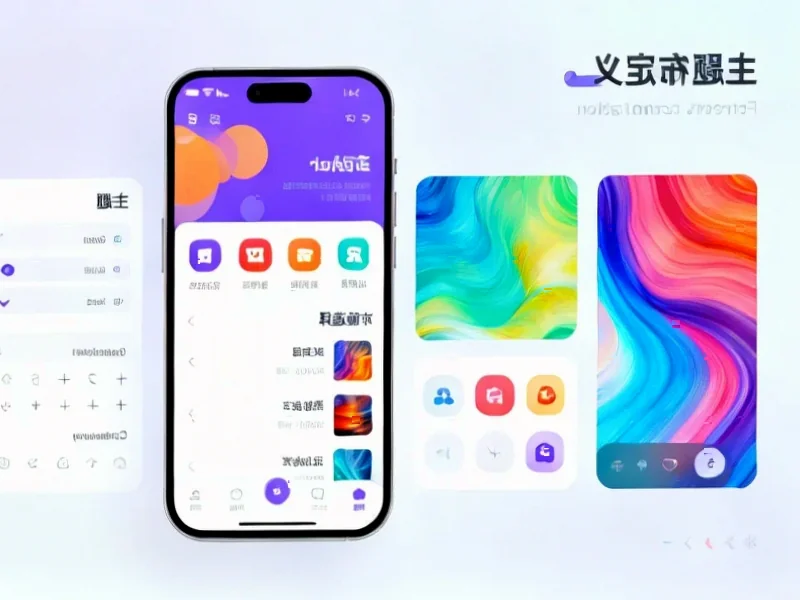According to SamMobile, Google has introduced a significant redesign for YouTube Music on Galaxy Watches running Wear OS 6, though the new UI is currently visible only in limited parts of the music streaming app. The redesign features colorful backgrounds for popular playlists, vertical posters with rounded corners, and a Browse button that hugs the smartwatch’s screen bezels. Text within the app now uses a bolder font replacing thinner typography, while list items take up more vertical space to improve track selection. This represents Google’s gradual implementation of the Material 3 Expressive UI design language across Wear OS apps following the Wear OS 6 update’s limited rollout to select Galaxy Watch models.
The Battle for Your Wrist Heats Up
This seemingly minor interface refresh represents Google’s strategic response to Apple’s continued dominance in the smartwatch market. While Apple has maintained visual consistency across its watchOS ecosystem, Google’s fragmented approach to Wear OS design has been a persistent weakness. The Material 3 implementation signals Google’s recognition that competitive wearable experiences require cohesive design language, not just functional parity. With Apple controlling approximately 22% of the global smartwatch market compared to Wear OS’s fluctuating 10-15% share, these design improvements are crucial for closing the user experience gap.
Samsung’s Pivotal Role in Wear OS’s Future
The fact that these changes are appearing first on Galaxy Watches underscores Samsung’s increasingly central role in Wear OS’s ecosystem strategy. Since the merger of Tizen and Wear OS, Samsung has become Google’s most important hardware partner in the wearable space. The unanswered question about whether Samsung will fully adopt Material 3 across its own apps reveals the delicate balance of this partnership. If Samsung maintains its own design language while Google pushes Material 3, it could create the same fragmentation issues that plagued earlier Wear OS iterations.
Beyond Aesthetics: The Smartwatch Maturity Curve
What’s particularly telling about this update is the focus on practical usability improvements rather than flashy new features. The bolder fonts, increased touch targets, and streamlined navigation indicate that Wear OS is maturing beyond feature-checklist competition into refined user experience optimization. This evolution mirrors the smartphone market’s trajectory, where early competition centered on hardware specifications before shifting to interface polish and usability. For consumers, this means wearable technology is entering a phase where reliability and ease of use may become more important than raw technical capabilities.
The Ripple Effect Across Music Streaming
YouTube Music’s redesign will inevitably pressure competing music services like Spotify and Amazon Music to update their Wear OS interfaces. Currently, most third-party music apps on Wear OS suffer from inconsistent design and suboptimal usability. As Google raises the bar with its first-party apps, partners will face increased expectations from users accustomed to better-designed experiences. This could accelerate broader ecosystem improvements, but it also risks creating a two-tier system where Google’s apps receive preferential treatment while third-party developers struggle to keep pace with design changes.
Material 3 as Google’s Ecosystem Unifier
The gradual rollout of Material 3 across Wear OS represents Google’s latest attempt to create visual cohesion across its fragmented product portfolio. Unlike Apple’s tightly controlled ecosystem, Google must balance consistency with the flexibility required by diverse hardware partners. The success of this approach will determine whether Wear OS can mount a serious challenge to watchOS or remain a distant second in the premium smartwatch market. For consumers, the ultimate test will be whether these design improvements translate to genuinely better daily experiences rather than just superficial visual updates.




